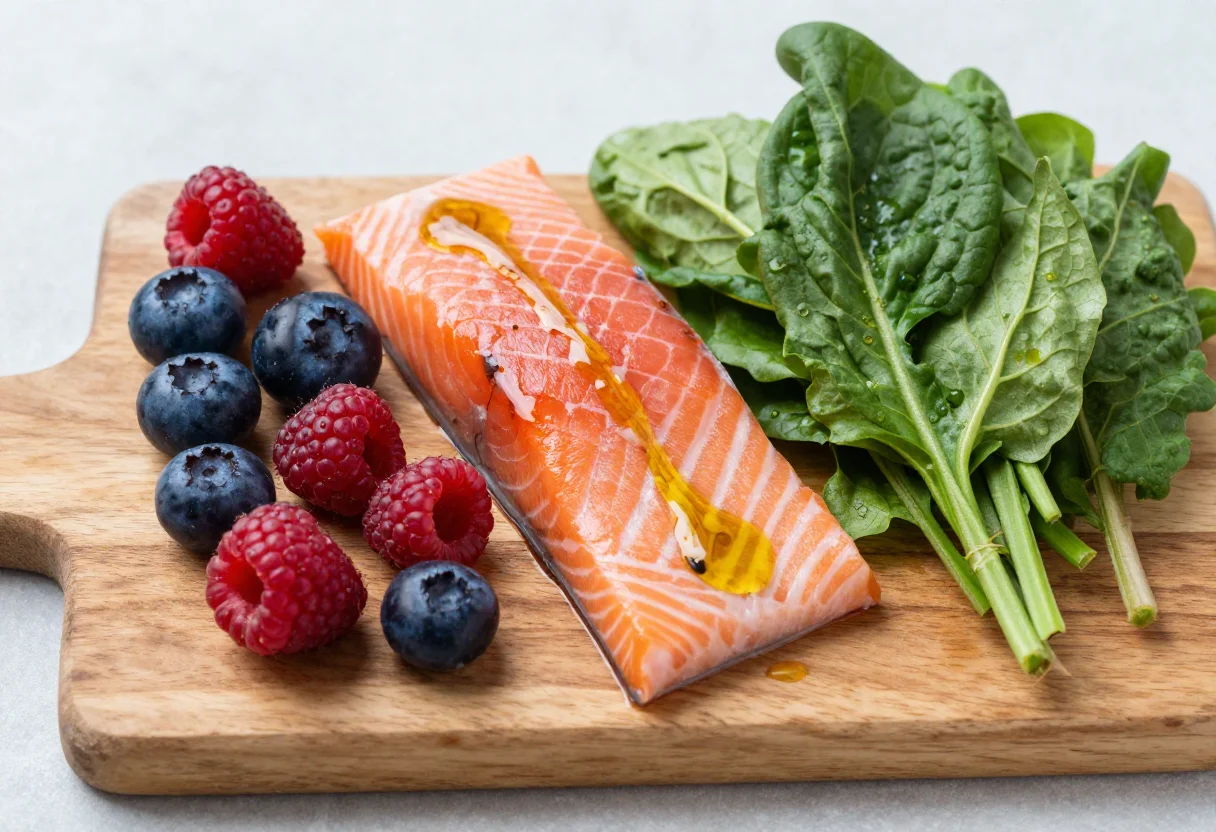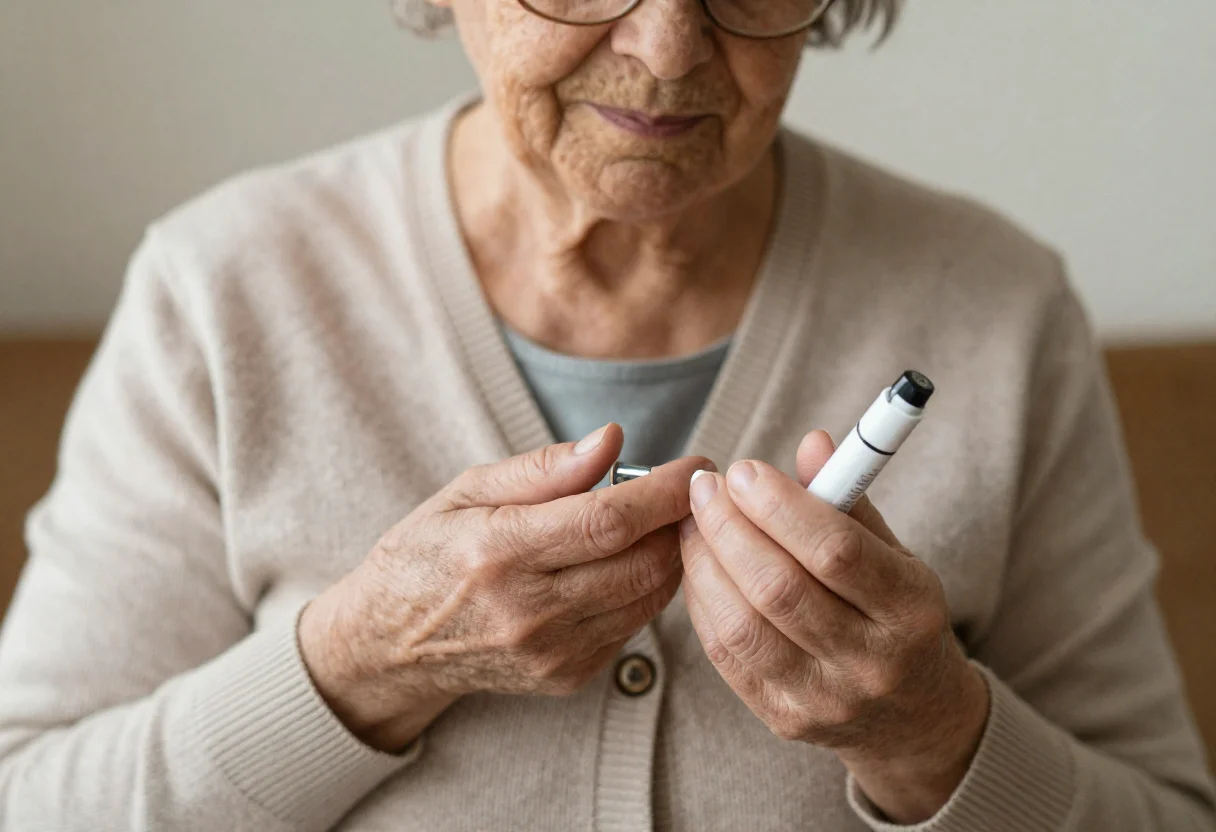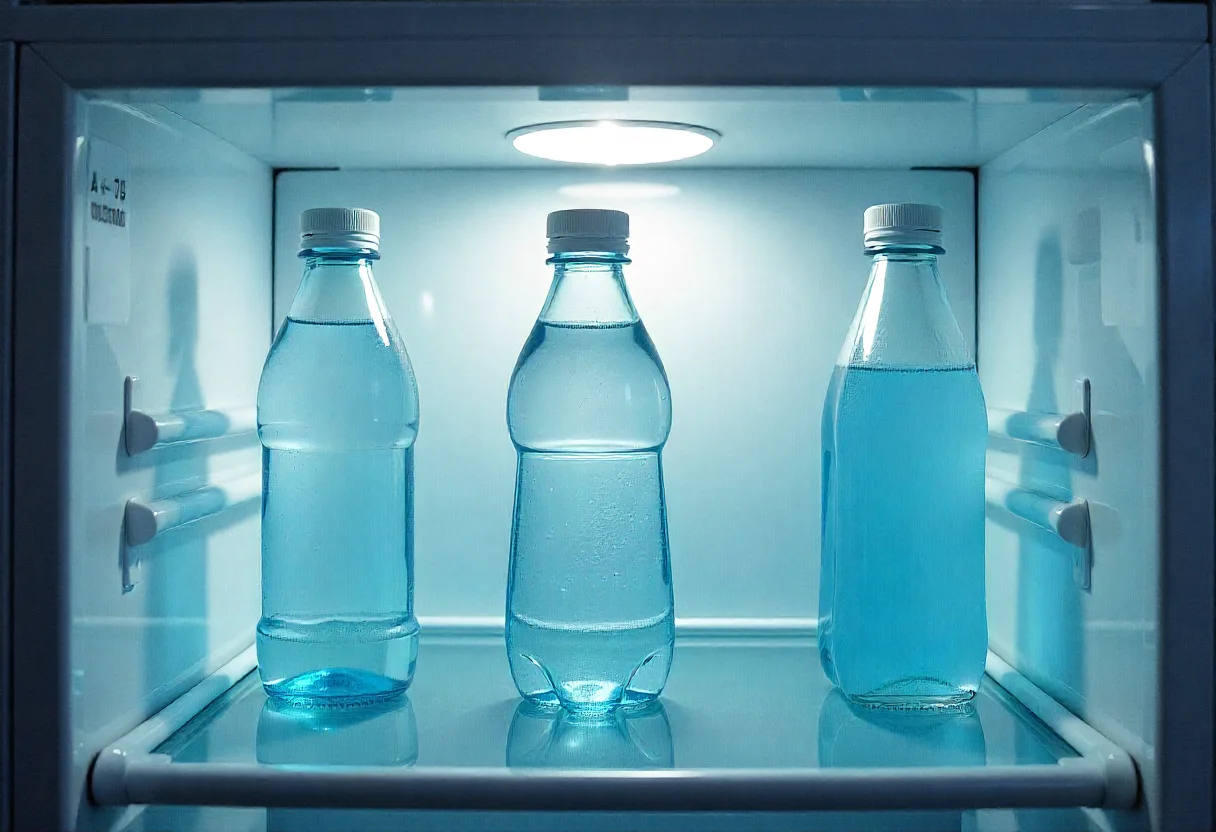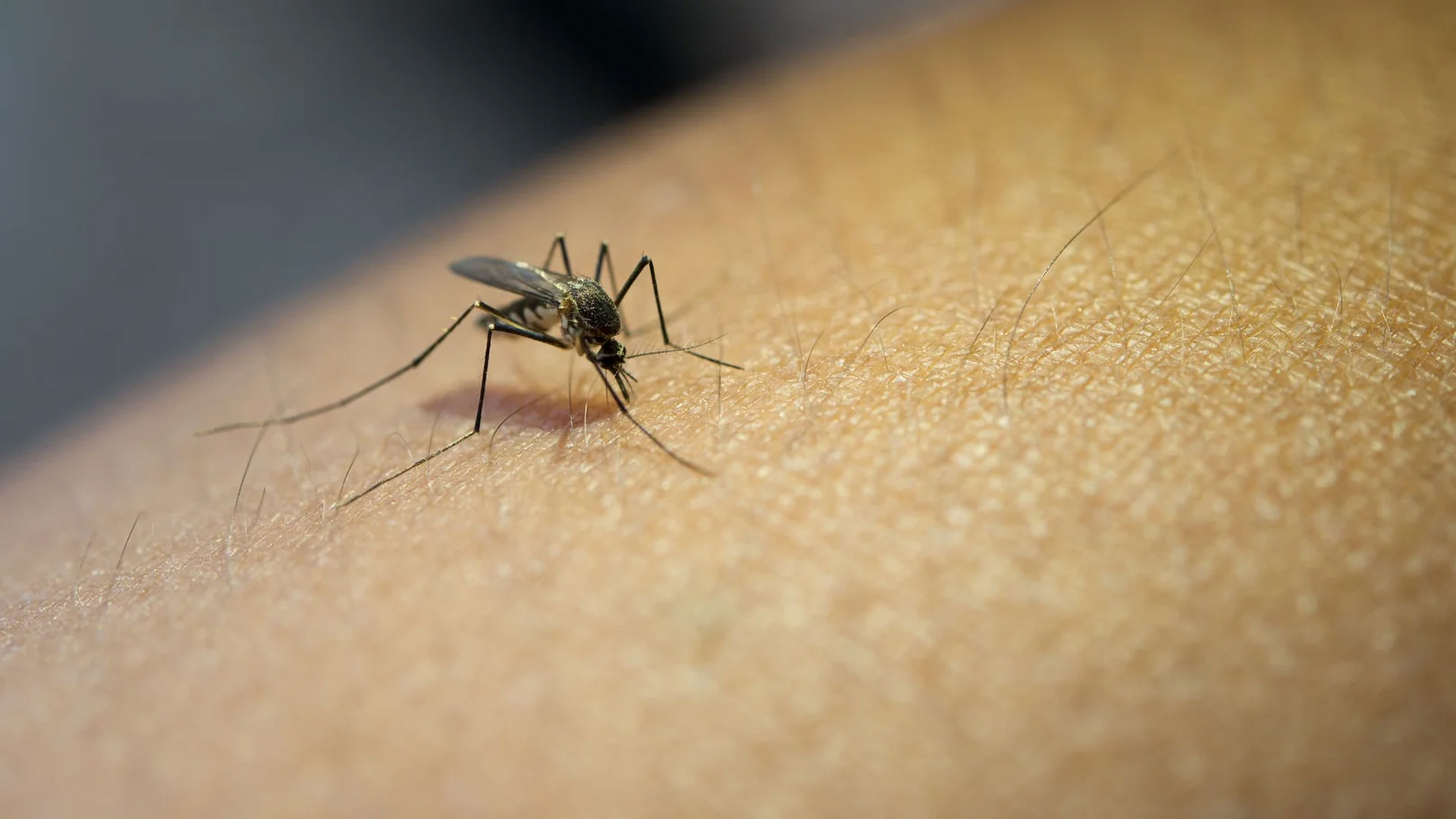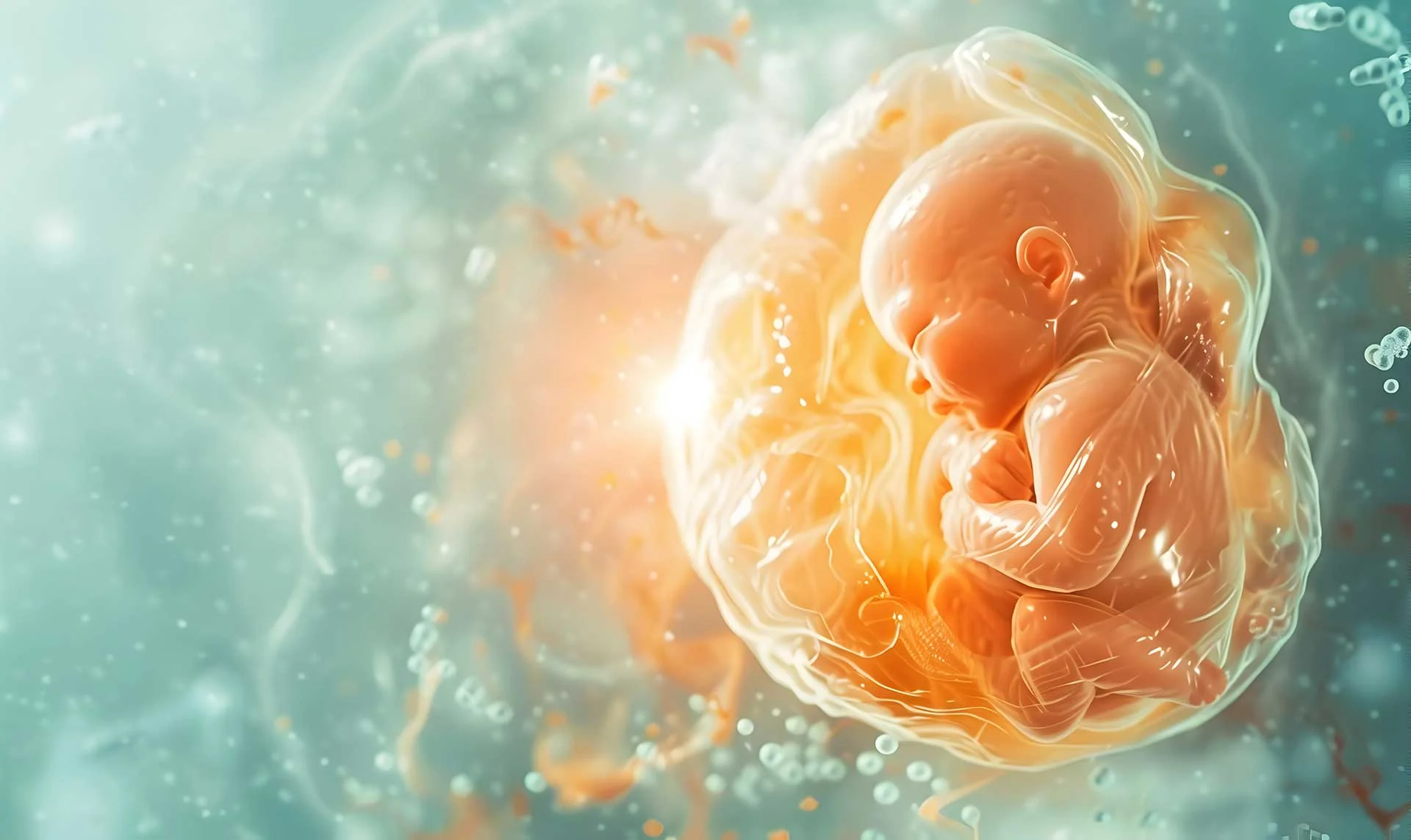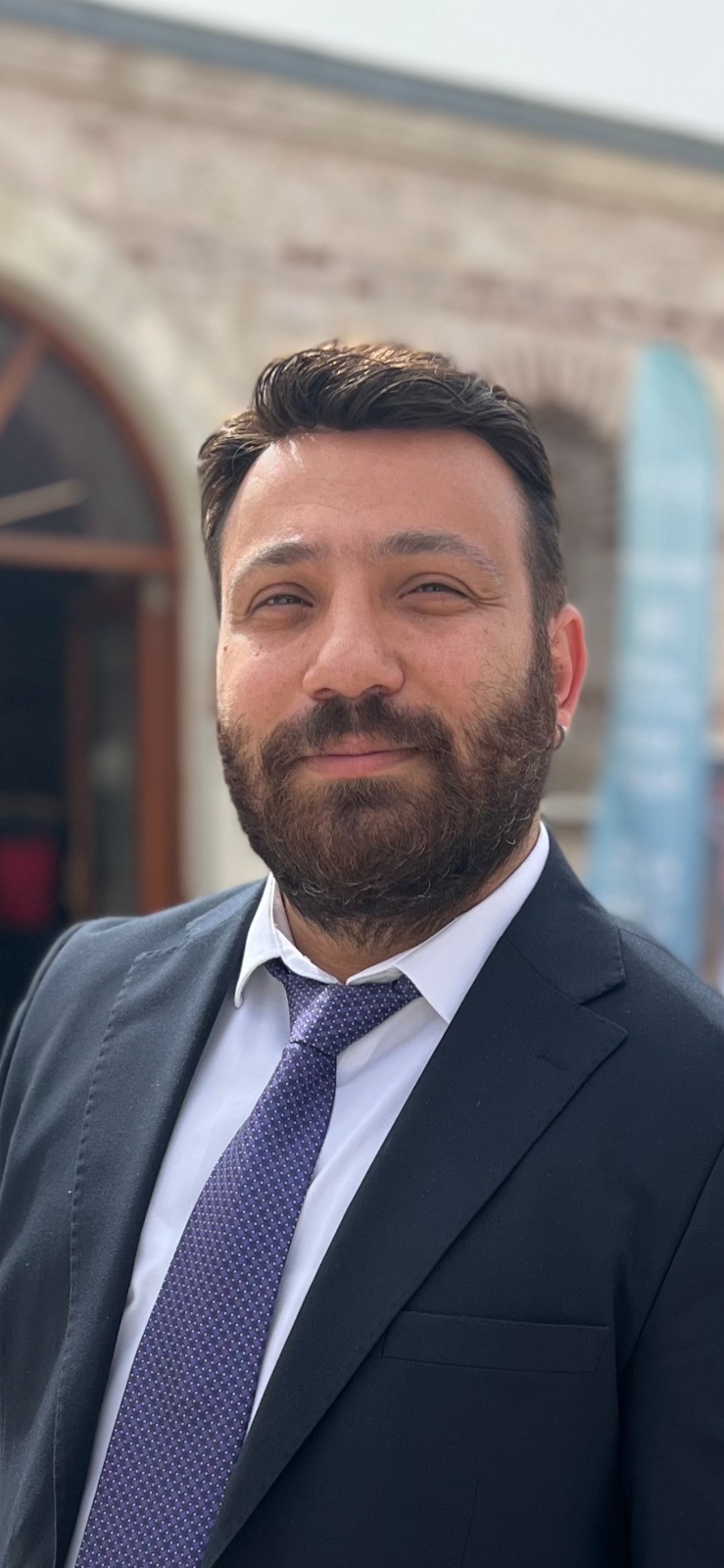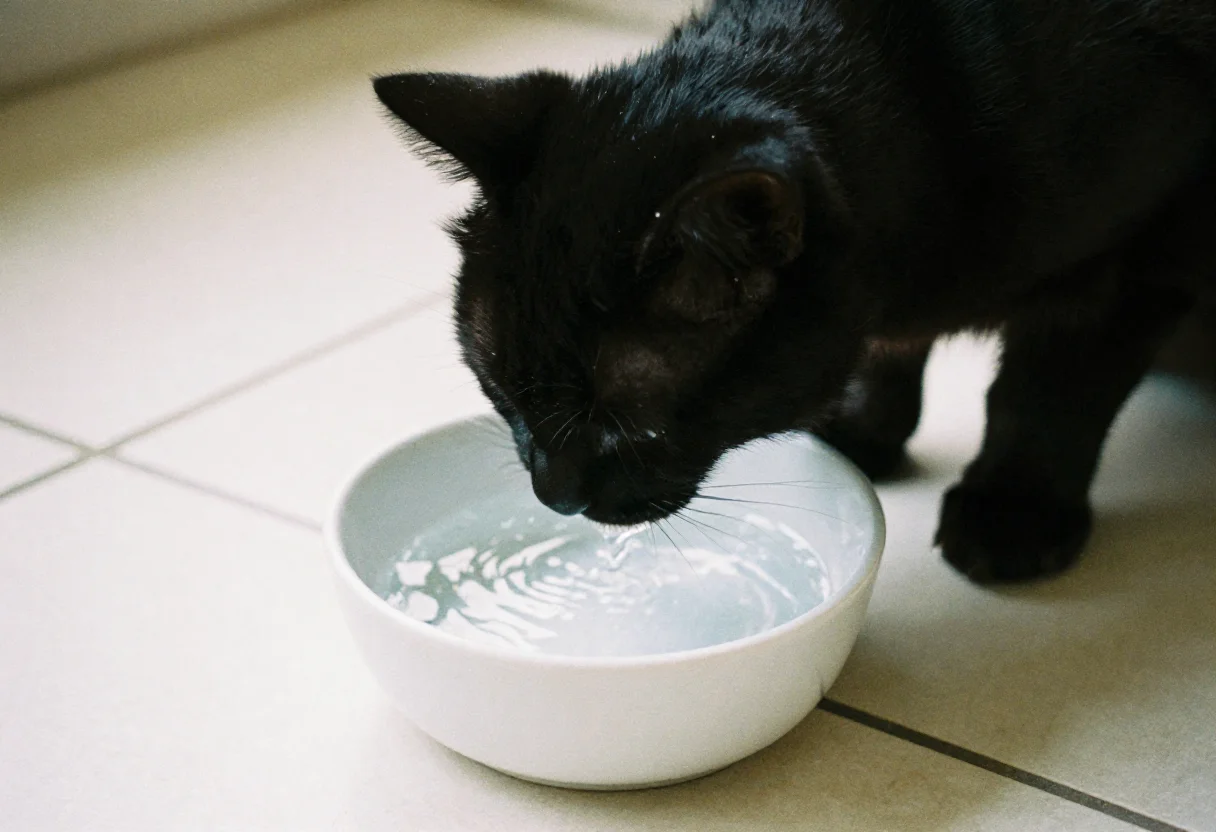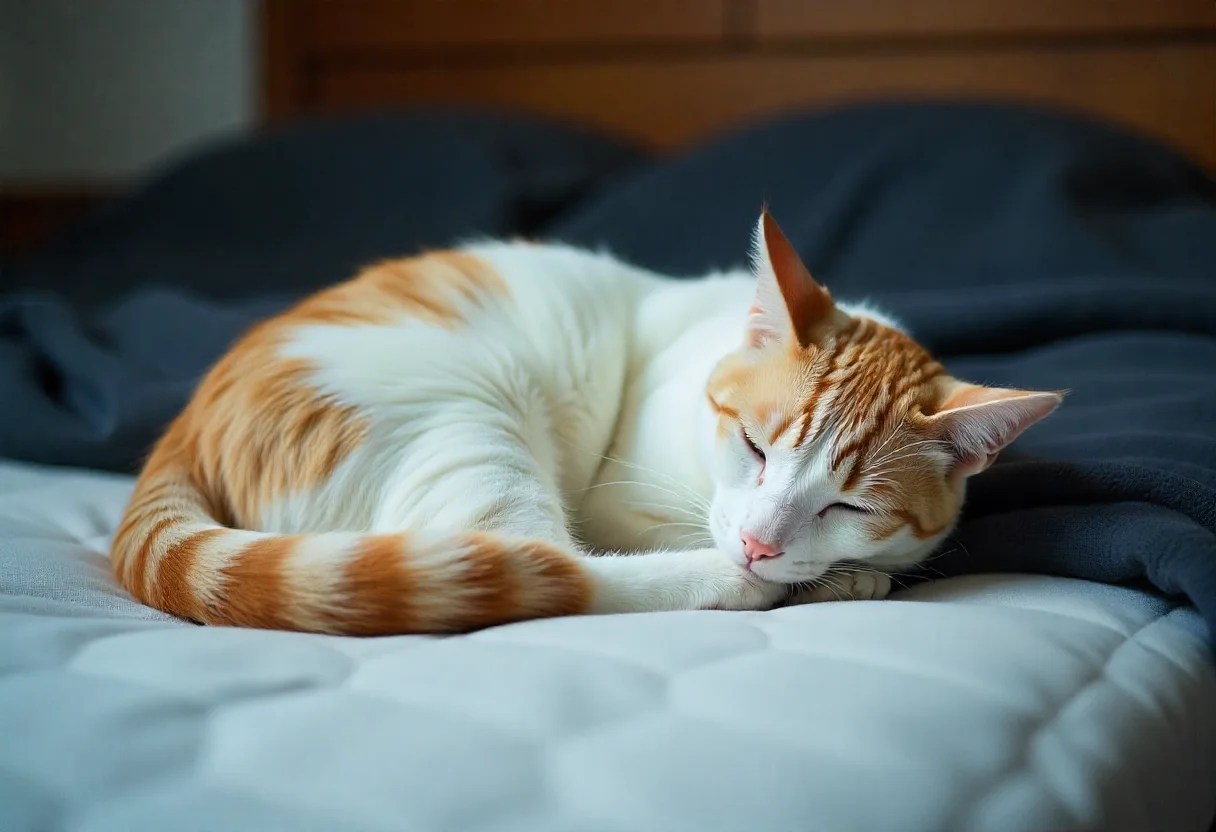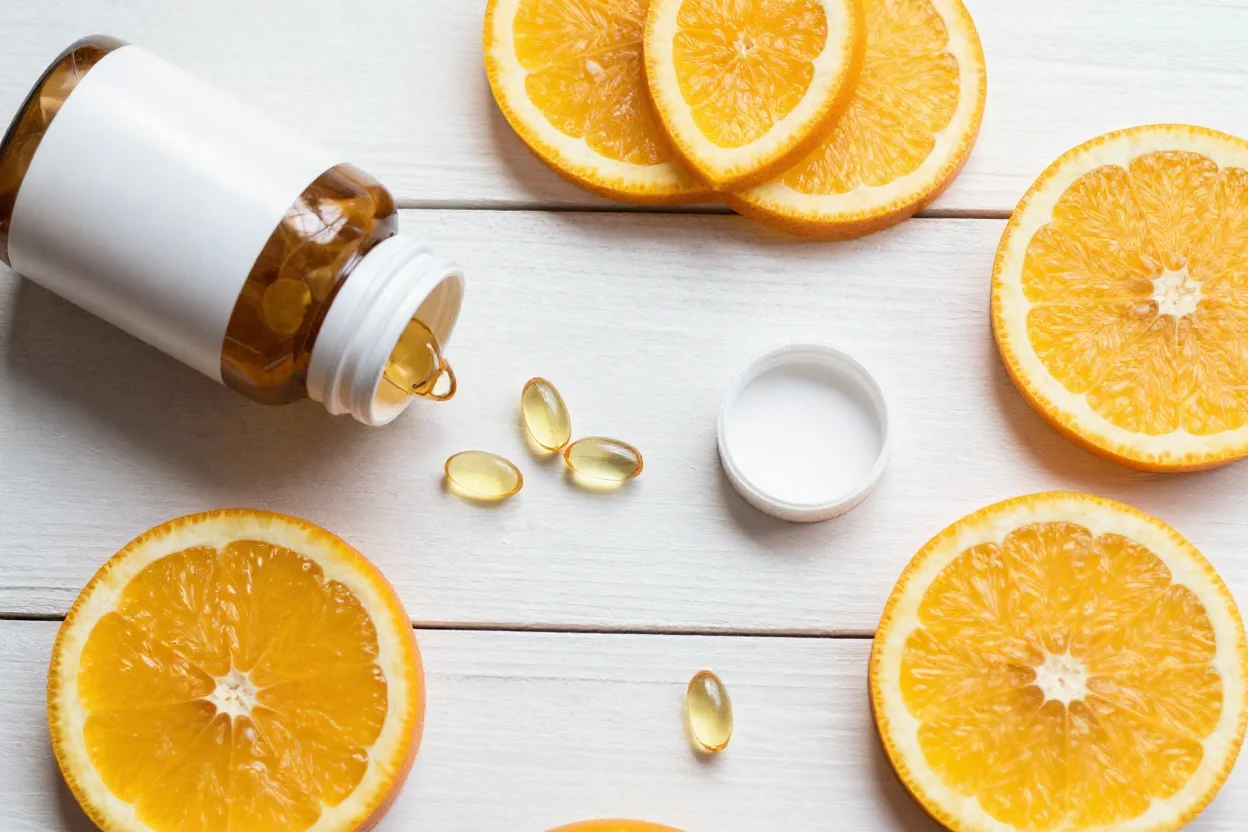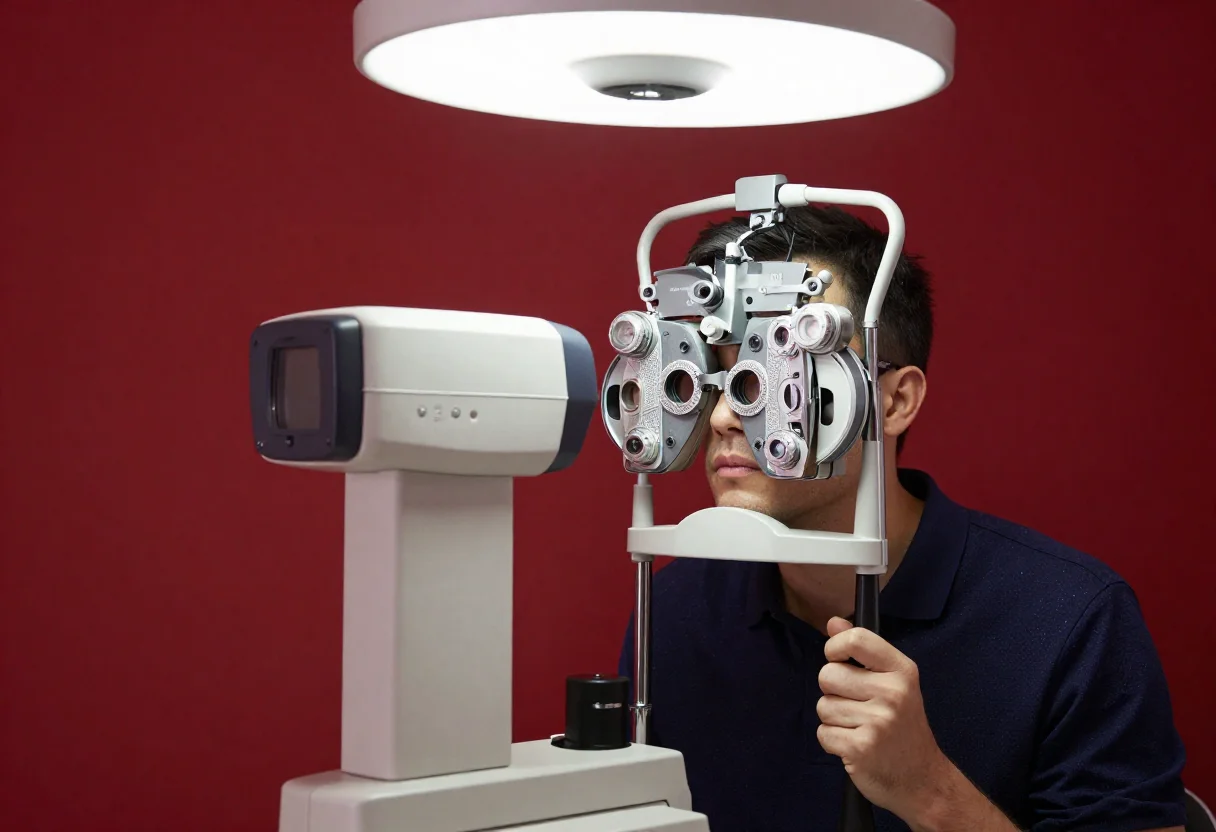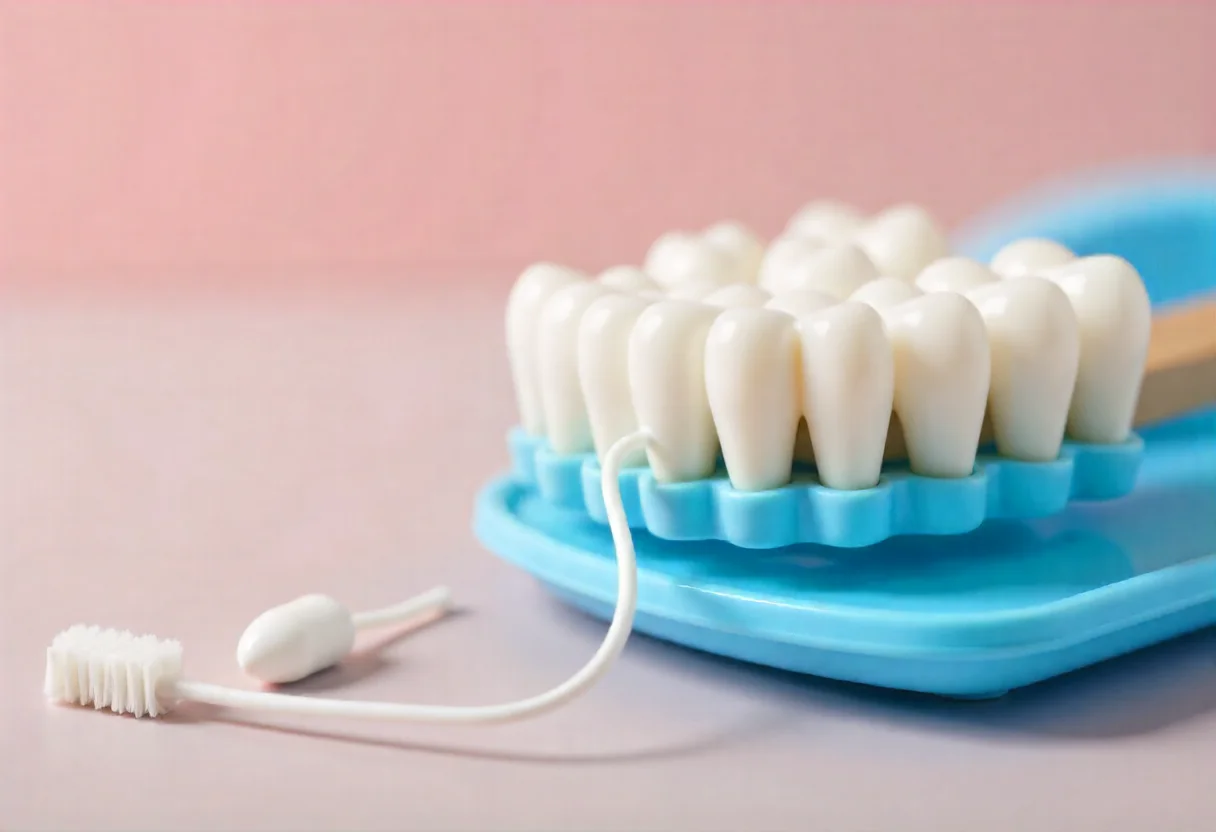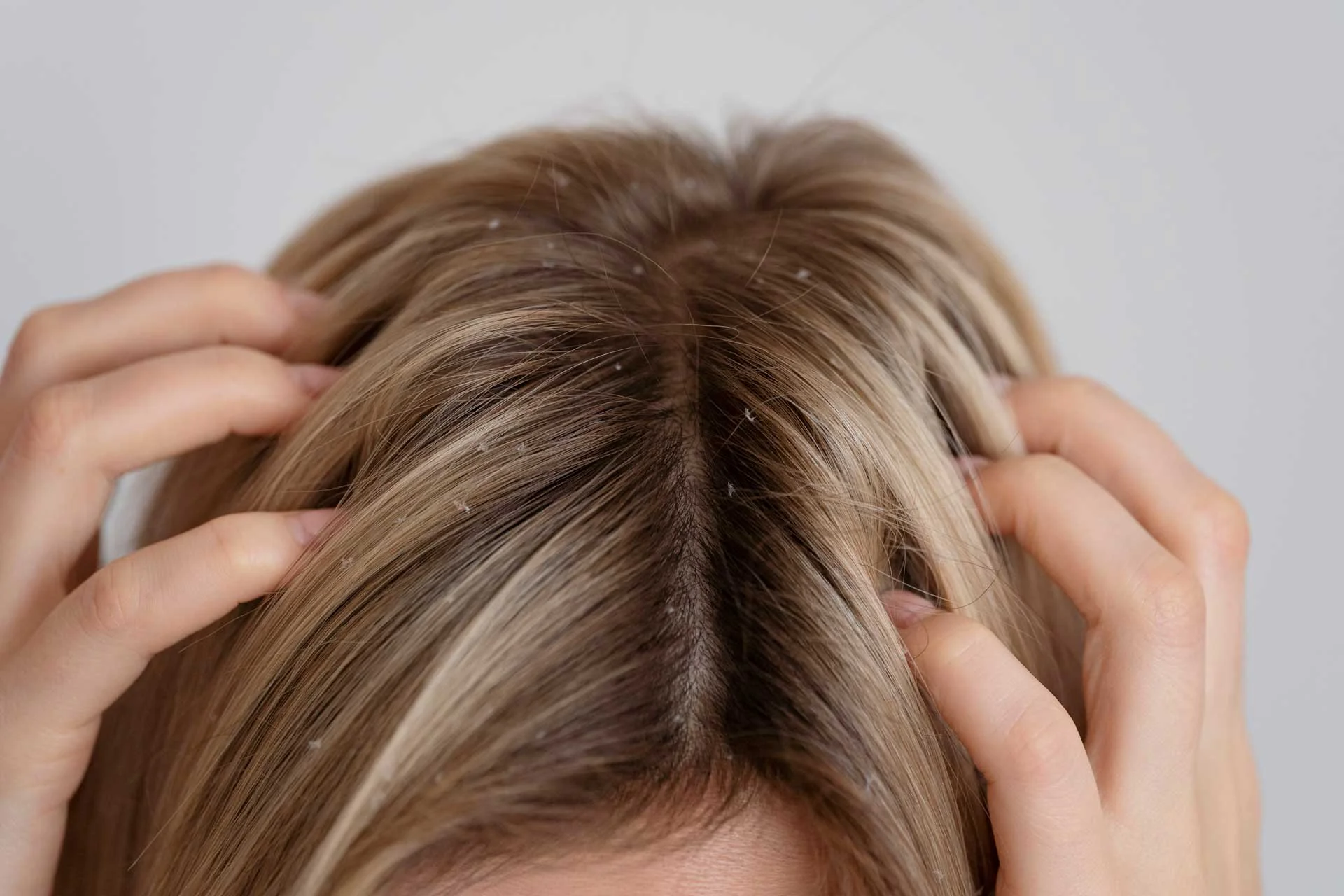
Hair follicle
Hair shaft (visible part of the hair)
- The medulla is the central component of the spinal cord. It often consists of a vacant tube or contains cells. While a significant number of feathers lack a medulla, some possess a medulla that is either continuous or divided into segments. It forms the central region of the hair shaft. The absence of this layer is particularly observed in fine hairs.
- The cortex, which is the largest segment of the hair shaft, is primarily responsible for the pigmentation of the hair, known as melanin.
- The cuticle refers to the translucent outer covering of the hair shaft. The structure consists of overlapping scales that provide protection for the inner layers of the hair. The proximal end of the hair, which is in closest proximity to the scalp, is the location where the scales terminate.
Hair loss (alopecia)
While hair loss/thinning hair has traditionally been associated with men, it is as prevalent among women. For several males, this results in male pattern alopecia. The frequent causes of hair loss in women include stress, medication, hormonal fluctuations, and even menopause. Moreover, numerous hair styling products, such as chemicals and high heat, have been found to potentially contribute to hair loss.
Dry hair
Excessive shampooing leads to hair dryness. Although having shiny and clean hair is beneficial, many individuals tend to excessively wash their hair, washing it once, sometimes twice, or even once a day, resulting in the removal of all its natural oils.
Split ends
Split ends can be caused by excessive brushing, excessive perming, excessive heat, and a lack of effective conditioner.
Oily hair
Oily hair is characterized by the overproduction of sebum, a natural oily substance, by the scalp. Sebum is synthesized by the sebaceous glands, which may occasionally exhibit excessive activity, resulting in an overproduction of oil.
Curly hair
Frizzy hair is characterized by a decrease in hair moisture levels below the usual range, and it may also have a hereditary component.
Matte hair
Various factors contribute to the appearance of hair that seems dull, such as damage caused by chemical or heat styling and contamination from the environment.
Heat-damaged hair
Excessive use of a curling iron or straightener might result in hair damage.
Color-damaged hair
The process of hair coloring involves the application of chemicals to lighten the hair strand, resulting in increased porosity, brittleness, and susceptibility to breaking.
Gray hair
Gray hair is often regarded as a symbol of prestige by numerous individuals. Nevertheless, some individuals opt to eliminate gray hair due to its heightened fragility and difficulty in being controlled compared to other hair types.
Dandruff
Dandruff refers to the presence of tiny, white patches of dead skin that reside on or detach from an individual's hair. Malassezia Globosa, a yeast caused by the fungus Restrata (formerly known as Pityrosporum), is believed to be responsible for skin and scalp infections. Failure to brush one's hair, allergies, stress, insufficient showering, and so on. There are several causes.
Shampoos
Contemporary civilization necessitates a shampoo that possesses multiple attributes: it must effectively wash the scalp and hair, while also being visually appealing, avoiding dryness and skin irritation, enhancing hair beauty, and being cost-effective.
A shampoo is composed of a range of 10-30 chemicals that are categorized based on their distinct functions. The composition of a shampoo formulation comprises the subsequent categories of constituents:
- Surfactants are washing agents that eliminate sebum or skin scales.
- Hair care ingredients that promote hair suppleness;
- The active constituents utilized in the therapeutic management of particular ailments, such as dandruff;
- The inclusion of product additives, such as preservatives, plays a significant role in enhancing the stability and comfort of the product.
Conditioners
The majority of shampoos typically have conditioning agents, although individuals frequently opt to apply a conditioner subsequent to shampooing in order to reduce hair frizz and enhance hair manageability and shine. Hence, the application of a conditioner can effectively mitigate the adverse effects of chemical or mechanical stress on the hair, including but not limited to permanent dyes, bleaching, and excessive brushing.
Conditioning agents possess positive charges, whereas the hair shaft carries negative electrical charges. Conditioners bind to positive charges, thereby neutralizing the negative electrical charge in the hair fiber and lubricating the hair cuticle. This ultimately leads to a decrease in the hydrophilicity of the fiber. Conditioners additionally encourage the elongation of the soft cuticles towards the hair's surface, thereby safeguarding the hair's color and enhancing its smoothness.
1. Alessandrini A and Piraccini B, Essential of Hair Care Cosmetics. (2016). 2. Cruz C, et al., Human Hair and the Impact of Cosmetic Procedures: A Review on Cleansing and Shape-Modulating Cosmetics. (2016). 3. Coderch L, et al., Hair Lipid Structure: Effect of Surfactants. (2023). 4. Pereira-Silva M, et al., Nanomaterials in hair care and treatment. (2022). 5. Lin KK, et al., Circadian clock genes contribute to the regulation of hair follicle cycling. (2009). 6. Natarelli N, Gahoonia N, and Sivamani RK, Integrative and Mechanistic Approach to the Hair Growth Cycle and Hair Loss. (2023). 7. Fernandes C, et al., On Hair Care Physicochemistry: From Structure and Degradation to Novel Biobased Conditioning Agents. (2023).
